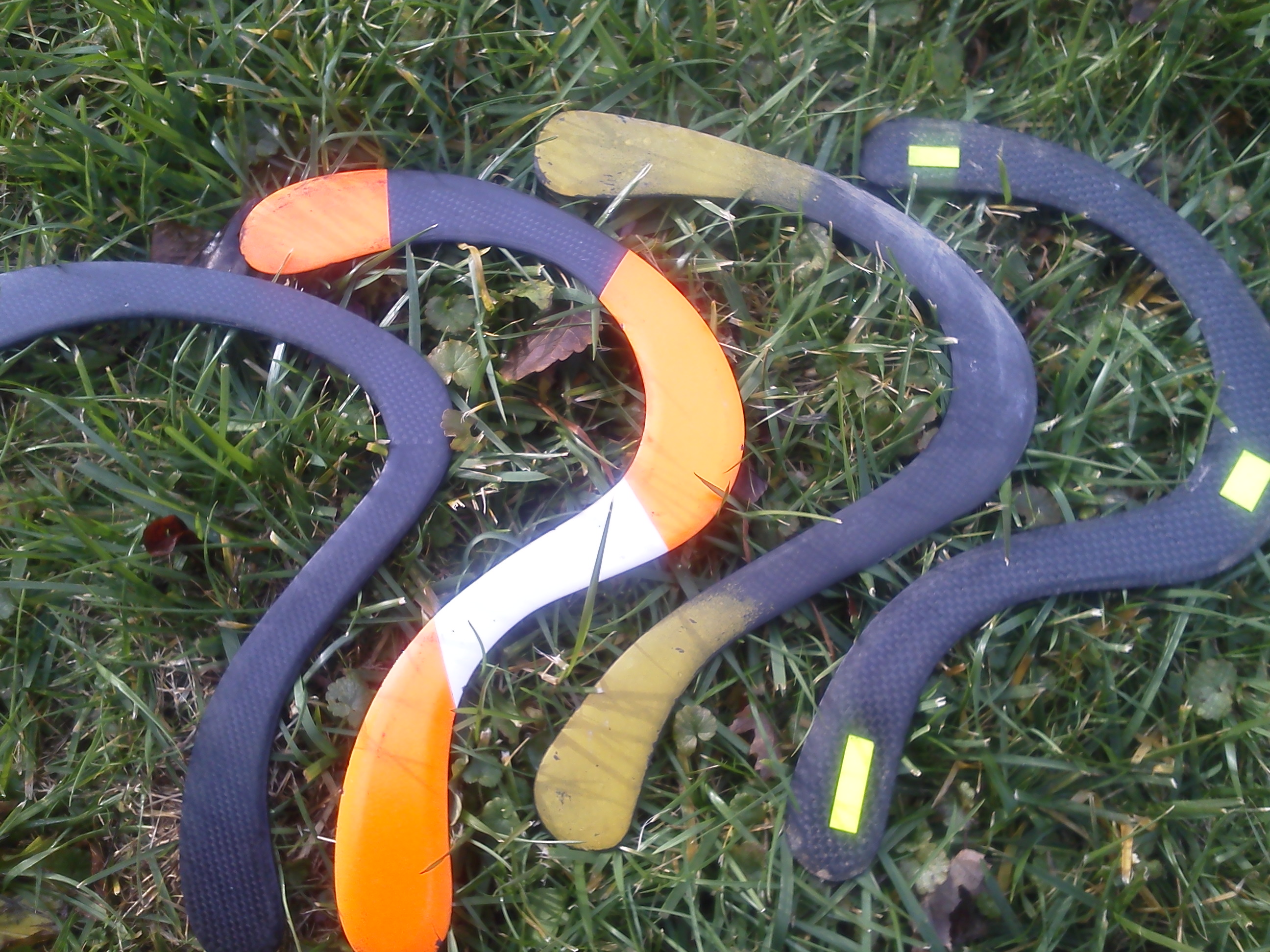from David Hirsch, USBA Board Member, past USBA Pres., WR Men Over 50 2005-2007
Tips:
When throwing a new boomerang, or one that is new to you, always throw half power to find the envelope of the boomerang. Always keep safety in mind with LD; never throw under conditions that might cause you to hit people or property. For LD, an open field of 300 yards by 300 yards is best. It’s best to throw with more than one person to help spot. If the boom does not come back to you, mark a line on the horizon from your throwing position to where the boom went down and use an object on the horizon to help remember that line. Usually the boomerang is closer than where it appeared to land so if you walk your line, you’ll find your boom.
Tricks:
Modern Long Distance boomerangs are some of the hardest boomerangs to throw when trying to achieve distances over 100 meters. We say it’s like threading a needle at 100 meters. Avoid trying to throw too hard. Spin is always more important than a hard throw. Throwing too hard will often lead to loss of control. If you have a boom that has worked well in the past and you know the tune is good, don’t let it bother you if some days you’re off your game. Put your boom in your bag and come back another day. LD booms will handle wind better than almost any other boom so use the wind. In practice, I like 5mph; in competition, 8-10. If you have a well tuned boom but on a light wind day it just isn’t quite making it back over the line, you can twist a VERY small (1/2 to 1 mm) amount of negative AOA (Angle Of Attack) into the dingle arm. To extend your range when you have better wind, twist a VERY small amount (1/2 to 1 mm) of negative AOA into the throwing arm. Keep in mind, on this last Trick, that you must then lower your release very slightly and throw harder.

